Review: HTC First and Facebook Home
Apr 17, 2013, 9:09 AM by Eric M. Zeman
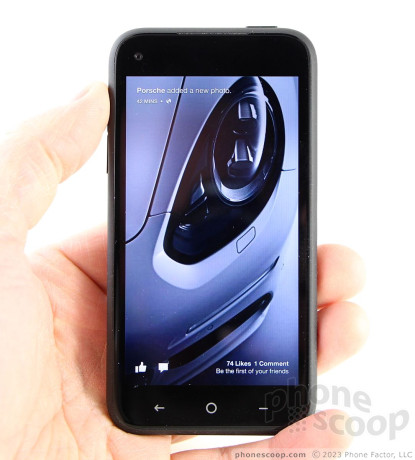
AT&T and HTC are back with another Facebook phone. The First, with Facebook Home, offers an interesting alternative for those who put a priority on Facebook's brand of social networking.
Form
Is It Your Type?
AT&T and HTC are back with another phone that's focused on being social. The HTC First is the first to ship with Facebook Home, a unique Android launcher that puts all things Facebook front and center. There's no doubt the First is aimed at the connected social networking butterfly, but there are other traits that make the First a decent device even for regular people.
Body
The HTC First has none of the HTC One's fancy design elements. It is as simple and unassuming as a smartphone could possibly be. Everything about the First is minimalistic. That's what makes it such a nice piece of hardware.
The First is a slab-style device that comes in four colors, including black, red, teal, and white. Our review unit is black, and it is an inky thing. The First is made from polycarbonate that has a soft-touch paint job. The unibody polycarbonate forms the entire back surface and the sides as they curve up to the display. The First is incredibly strong, but this design does have drawbacks. For example, there's no access to the battery, nor is there a memory card slot.
The First feels very well built. I like that the back surface is completely flat: this makes it easy to type on the First when it is laying on a table, for example (this is something you cannot do with the HTC One, which has a curved back surface). All the side edges are curved comfortably and have no seams, not even where the edges meet the display, which is tapered. There's nothing on which to catch your skin as you hold it. It is smooth.
The First's front surface is mostly the display, but there is a thin bezel above the display and a slightly larger one below the display. The lower bezel is where the three capacitive buttons are located. They each worked well, and offer haptic feedback. There's no logo on the front, so the buttons are the only thing breaking up the otherwise solid black piece of glass.
Located on the left edge, the volume toggle is a dramatic improvement over other recent HTC devices. It has just enough of a profile to ensure that you'll find it easily, but not so much that it'll bug you when holding the device tightly. Travel and feedback are quite good. The only other button is the screen lock key, which is on top. It, too, has a good profile and excellent travel and feedback. Both of these buttons work better than their counterparts on the pricier HTC One. There is no dedicated camera button.
You'll plug your stereo headphones into the headset jack on top of the First and your microUSB cable into the port on the right edge. The slot for accessing the SIM card is also on the right, and requires a tool or thin paper clip to pop out. As HTC is wont to do, it drilled a series of extremely small holes into a grid pattern along the bottom edge. The microphone is buried in there, as is the speakerphone speaker.
Though the First doesn't have the same showroom appeal that the One does, it's clear that HTC put thought and care into its design.
Performance
Screen
HTC could easily have gotten away with sticking a qHD or WVGA display in the First, but instead chose a higher-quality 1280 x 720p HD LCD screen for the 4.3-inch display. The panel offers plenty of pixels to make everything look clean and sharp on the screen. It's bright enough that I had no trouble using the First as a camera outdoors, and it looks great when indoors. Viewing angles are good; there's no color change, and brightness drop-off is minimal as you tilt the First one way or the other.
Signal
The First is a fine phone when it comes to AT&T's network. It easily hopped onto AT&T's HSPA+ network where I live, and transitioned to LTE quickly when/where available. The device performed on par with other devices running on AT&T's network in the greater New York City area. In areas of weak coverage, it sometimes took two attempts to push a call through, but data sessions were always relatively quick. I didn't miss any calls with the First, and the phone never dropped AT&T's signal entirely.
Sound
Phone calls made with the First were some of the clearest I've heard on AT&T's network. Voices came through the earpiece as if the people were standing in the next room. Truly, this phone produces incredible clarity and warmth. I wish calls were much louder, though. The First's earpiece is just barely loud enough in a slightly noisy house. That's with the volume set up all the way, mind you. If you take the First outside on a windy day or anywhere people are talking in groups, (coffee shop, restaurant, mall,) you'll struggle to hear calls. The quality of calls routed to the speakerphone are not quite as good as when sent through the earpiece, and volume is also a bit anemic. Ringers and alerts were loud enough, and the vibrate alert produces strong vibrations.
Battery
I thought the First's battery performed particularly well. I used the First over the course of a weekend and found that, despite constantly checking Facebook and email, the battery lasted well into a second day before it needed to be recharged. I also found that the First had no trouble living through an entire day of intensive use, which included lots of calls, email, Facebook, SMS/messaging, browsing, downloading apps, and so on. Most people will need to charge the First once per day with relatively no worries.
FB Home
The crux of the HTC First is Facebook Home. Technically speaking, Facebook Home is what's referred to as a launcher: a user interface that replaces the regular Android UI. There are thousands of launchers available for download from the Google Play Store. The entire point of using a launcher is to gain a different experience than that offered by the manufacturer/carrier (TouchWiz, Sense, etc.). They often entirely supplant the lock screen and main home screen panels of any given handset, and include different widgets and controls that go beyond what's offered by stock Android.
After using the First for the better part of a week, I've found that Facebook Home's best feature is that it can be turned off. Before I get to the why, however, let's talk about the what.
To Start
When you first boot the First, you'll be asked the usual set of questions regarding Facebook and Google account info. There's a short tutorial/guide about FB Home stuffed into this process that I highly advise you take the time to complete.
With FB Home active, pressing the lock button wakes the display as normal. Rather than see the time, weather, status indicators, missed calls, etc., you see FB Home, which is a glorified active wallpaper, if you ask me. The FB home screen cycles updates from the owner's FB newsfeed across the screen. Each post, whether it is a simple status update, link, or photo, glides past slowly for about 5 seconds before it advances to the next post. If any is text associated with the post, it appears at the top in white near the FB contact's name. If the post has been "Liked" or commented upon, those stats will appear at the bottom of the screen. If you're impatient, you can swipe through the newsfeed items rather than wait for them to float past.
Want to see more of a post as it floats by? There are two options. If you press-and-hold, the text drops away and the image zooms out so you can see the entire thing. If you want to read the entire post or click the link, press the FB contact's name at the top. When you do this, FB Home goes away and you're taken into the full FB Android application. It's a rather clunky transition.
This is all the basic home screen behavior. So what about navigating to other portions of the UI?
Menus and Apps
You'll notice a small circular photo of yourself at the bottom of the FB home screen. Press-and-hold that, and three options pop up: Messenger, Menu, and Back. Flick your little head towards one of the options and away you go. Here we're going to focus on Menu and Back (we'll cover Messenger in depth in the Messaging section of the review).
The Menu, as Facebook calls it, is how you get to everything else on the phone. Flick your little head up to get to the Menu. On other Android devices, we might call this the app drawer. The Menu screen includes a small grid that can fit 16 apps as well as tools to update your own FB feed (status, photo, or check-in). You can anywhere from 1 to 16 apps on this Menu screen and there's a second grid available for more apps if you swipe to the right. These screens don't support folders. Think of them as the places where you store your favorites, or the apps you access most often.
Alternately, if you swipe the Menu grid to the left, you'll see a traditional Android app drawer screen (the difference in appearance is obvious). This is where all the rest of the apps are stored. This app drawer is organized alphabetically, and you scroll vertically (up and down) to see all the apps. *This* screen cannot be customized; it is what it is. Pick any app from this native Android app drawer and drag it over to the FB Menu page to put it wherever you like.
There's no dock in FB Home, so there's no persistent access to any of your favorite apps other than Facebook. The Menu is the only way to get to the phone, calendar, browser, camera, and so on. Getting to the phone app to make a call takes at least four steps when the First is locked. Most other Android phones allow you to access the phone from the lock screen. There are no widgets in FB Home, either, nor is there a visible status bar unless you swipe down to access it. (You have to swipe down twice to see the notification tray.)
The Back option available from the FB home screen functions more like a multitasking tool. It doesn't take you back a screen, as you might expect; instead, it takes you to the last non-FB application you used. For example, if I used Chrome and then closed it to read through some FB posts, flicking my little head to the Back option from FB Home would take me back to Chrome.
Buttons
What about those three hardware buttons below the screen?
First up: the back button. Yes, it is different from the software Back option discussed above. When you are using FB Home, the hardware back button does one thing: it takes you back to the FB home screen (the version with your head floating at the bottom of the screen and newsfeed posts floating by). However, if you're using any of the regular old Android apps (Gmail, Google+, Music Player), it takes you back one screen. In other words, it performs as most Android users would expect it to.
Then there's the Home button. When viewing the FB Home homescreen, pressing the Home button opens the Menu function. When viewing the Menu function, pressing the Home button takes you to the FB home screen. If you're using *any other app*, pressing the Home button takes you back to the Menu function.
Last, there's a little button that looks like a dash or minus sign. It brings up secondary actions for controlling whatever is on the screen. When using FB Home, the secondary options are always the same. Perhaps most importantly, this is where you find the settings to control FB Home's behavior, but you can also report bugs, log out, and seek help. When using other apps, the dash button brings up whatever secondary control screen is part of that app.
Will the Real Android Please Stand Up?
Everything discussed so far has been in context with Facebook Home. However, there are ways to get past FB Home to the plain old Android 4.1 user interface. The first (and best) way is to simply turn FB Home off. You can do this with the little dash/minus button by logging out.
If you like FB Home and don't want to turn it off, you can get to the underlying Android 4.1 UI by opening the Menu screen, flicking to the left to open the native Android app drawer, and then scrolling all the way down to the bottom of the list where you'll see an odd icon called "More." Press this, and "POOF" you're on an absolutely bare-bones Android 4.1 Jelly Bean home screen. (You can add the More icon to the FB Menu screen if you wish to cut down on the number of steps it takes to get there.)
Once you get to the native Jelly Bean homescreen, the experience is exactly what you'd expect to get from a Jelly Bean device. The notification tray is there, the regular old app drawer is there, widgets are there, a dock is there, and so on. The one caveat I'll mention is the home button. Let's say you've navigated to the stock Jelly Bean screen and then opened up Google Maps. When you're done with Google Maps and want to go back to the Jelly Bean screen, don't hit the Home button (which takes you all the way back to FB Home). Instead, you have to back your way out with the hardware back button if you want to stay in the native Android experience. Really, it's a bit of a pain.
Customizing
There are a couple of things you can do with FB Home that make it slightly more useful.
First, you can choose to see the Status Bar (time, signal, battery, etc.) at the top of the screen when using FB Home. It's not visible unless you actively turn it on. Second, you can deselect an option called "See Home When Screen Turns On." Doing this enables the regular Android 4.1 Jelly Bean lock screen, which (at least) has shortcuts to the camera and Google Now, and lets you see the time/date, and status bar.
If you turn FB Home off completely, you can customize the native Android 4.1 Jelly Bean screens however you want.
One note about security. I could not find a way to lock the First above FB Home. In other words, even if you turn on a screen lock, anyone who picks up your phone will be able to scan through your Facebook posts. Only when you try to access other apps, such as the Menu screen, does the lock screen suddenly pop up.
Opinion
As far as I am concerned, FB Home is not the type of launcher I'd ever want to use on my own device. When I wake my device's screen, I want to see the time, date, and weather, what my missed calls and other notifications are, and I want quick access to the phone or other apps. FB Home offers none of these things. Instead, it is an obstacle that I need to push aside to get at what I really want. (I felt the same way about BlinkFeed on the HTC One.) Quite honestly, I'm happy to keep Facebook trapped within the confines of the official, stand-alone application rather than let it consume my home screen.
That said, I am sure there are some people who don't care about anything else other than Facebook, and the thought of watching their FB newsfeed posts float past on the screen for 30 minutes or more is sheer bliss.
Basics
Calls/Contacts
The phone and contact applications on the First are the stock Android 4.1 versions thereof. HTC has made no changes in their behavior or appearance. The phone app offers huge software buttons for dialing numbers, and the contact app can be stuffed with reams of data about the people you know. Both offer homescreen shortcuts/widgets, presuming you regularly access the native Jelly Bean UI to use them.
Messaging, Messenger, and Chat Heads
The First comes with all the stock Android messaging applications/services. That includes Gmail, email, Google+, Google+ Messenger, SMS, and Google Talk. They all function as they do on every other Android handset. Twitter is not preinstalled, but Instagram is.
Then there's Messenger, the third leg in the trio of FB home screen options. Messenger is essentially the stand-alone Facebook Messenger (read: instant messaging) application for Android that can now also handle SMS/MMS. You have to give the app permission to handle SMS before it does so. Once you do, all your Facebook and SMS messages are in one spot (Windows Phone 8 does this as well). It's useful in that it reduces the number of messaging apps you use on the First, but there are some drawbacks.
FB Messenger offers threaded conversations, and makes it fairly easy to insert photos or emoticons, I've found some limitations, however. For example, you can't insert video at all, whether it be the FB chat or the SMS chat thread, but FBchat threads can be used to send voice messages.
Further, Messenger keeps separate threads for FB conversations and SMS conversations. For example, I sent Rich a text message and it built a little conversation around our messages. Later, I sent him a FB message (both from within the Messenger app). Rather than combining the two conversations into one, it keeps them separate: one for SMS, one for FB. Alternately, you can keep your SMS convos in the stock Android SMS app (out of FB Messenger completely,) which *does* support video and voice notes.
Chat Heads is an interesting piece of the whole Facebook Home experience. In a nutshell, it allows you to take any conversation from FB Messenger and pin it to the home screen. It persists in a silly little icon that shows your friend's FB profile photo in a small circle. Since most people use a picture of themselves for their profile shot, you see tiny little heads attached to chat conversations. Hence, Chat Heads.
The Chat Heads can be placed along either side of the FB Home screen (but not in the middle or at the top/bottom). When a message from that contact arrives, the little chat head will pop-up a notification, which you can act on or ignore. The Chat Heads can be set to persist across most applications on the phone (exceptions being the camera, YouTube, and several others.) Or, you can choose to leave Chat Heads active only on the FB home screen. The choice is yours. It's a neat little way to keep your favorite messaging pals in an easy-to-reach spot, but it certainly isn't for everyone. (Personally, I don't need to see little pix of my friends' faces on top of every app I use.)
Last, the Chat Heads are limited to one type of conversation due to the limitations of FB Messenger and how it handles FB versus SMS chats. I can put a Chat Head of Rich on the home screen, but it only handles either my FB thread with Rich or my SMS thread with Rich, not both. This could use some more development on Facebook's part, in my opinion.
It's important to note that you can ignore Facebook Messenger if you choose, or use it even with Facebook Home turned off.
Extras
Media
The Google Play Store is your one-stop-shop for music, movies, TV shows, books, and magazines. It addition to the Store itself, the First comes with all the ancillary apps that are used to interact with each type of content (Play Music, Play Movies, etc.). There are no other installed music or video services, but the app store has plenty from which to pick.
Camera
The First uses the stock Android camera. What bugs me most is how difficult it is to get to. If you don't disable the FB Home lock screen, it takes fours steps to get to the camera. That's just annoying. Once you find it, it opens quickly.
The viewfinder encompasses about two-thirds of the display, with the right-most portion reserved for the controls. There is a thin sliver of a line next to these that can be used to zoom in and out, and all the fine-tune controls can be accessed by pressing the little Settings button at the bottom of the screen.
Users can control the flash, white balance, exposure, scene (action, night, sunset, party), and image size.
The camera works quickly. It focuses in a blink and captures images in less than a second.
Photos
The First's 5-megapixel camera is not all that impressive. Focus is a bit soft and exposure was inconsistent. Dark areas often lost detail, and bright objects were often blown out. At least white balance was accurate. The First takes okay pictures, but I'd be lying if I said they were all Facebook worthy.
Video
The video performance was a little bit better. Focus was more consistently accurate, as was exposure. I didn't notice any herky-jerky movement, ghosting, or artifacting, and panning the camera about didn't make me sick to my stomach. The First can record up to 1080p HD, and I was less hesitant about sharing the results.
Gallery
As with the camera, the First uses the stock Android 4.1 tools when it comes to the gallery software. The central image library ties together all the photos associated with your Google accounts, including Google+, and you can sync them to the device for offline access if you want.
When you dive into individual libraries, the images are arranged in vertical columns. Poke the image you want to manipulate, and it will load after several seconds.
Editing features include the ability to add effects, such as highlights, shadows, and so on; add filters such as fisheye effects; and adjust colors and tones with sepia, B&W, etc. It also lets you crop the image, fix red-eye, adjust for face glow, straighten images, rotate or flip them, and sharpen them.
Apps
The First ships with just 36 apps on board. That has to be a record for the least-ever on a device from AT&T. Only the presence of MyAT&T gives the First away as an AT&T device at all. Every other app is stock Android or from Facebook. Nice! Users have access to 12GB of storage space on the First, so even if you stuff some big apps in there (such as Temple Run 2), you'll have plenty of room left over for media.
Bluetooth
The First's Bluetooth radio worked perfectly. I was able to connect with an array of other gadgets and pass phone calls and music to mono and stereo headphones. Calls sounded good through my favorite headset, but the volume was a bit low (even though both phone and headset were turned all the way up). The same was true of music.
Browser
The First includes Google's Chrome browser. I find Chrome to be the best choice for Android handsets, but there are plenty of alternatives in the Google Play Store. It worked perfectly at rendering web sites over AT&T's network. Web sites were quick to load no matter what sort of connection was available.
Clock
The First has a fairly big and easily-read white digital clock on the lockscreen, but it's only visible if you deactivate the FB Home lock screen.
GPS
The First's GPS radio worked just fine. Google Maps is the only navigation service on board and it performed like a champ. Together with Maps, the GPS radio pinpointed me to within about 15 feet in 5 to 10 seconds. It was very quick. Google maps is a great tool for plotting directions or searching for local points of interest.
Wrap-Up
The HTC First is an interesting beast. Though it is a mid-range piece of hardware, it clearly has high-end aspirations. HTC designed a simple, but effective smartphone that it comfortable to hold and easy to use. The screen easily surpasses most others in this class of device, and the performance on AT&T's network was fine. My only complaints about the hardware are the weak speakers and mediocre camera.
Facebook Home, which is available as a separate download to a bunch of other smartphones, is the selling point as far as AT&T, HTC, and Facebook are concerned. Facebook Home completely replaces the standard Android user interface for one that offers nothing but Facebook content. Whether or not you use it depends on how you prioritize information. Personally, I don't find it appealing because it doesn't give me the info I want from my smartphone's home screen.
The good news is, you can turn Facebook Home off. If you do, you'll have a nice piece of hardware running the cleanest version of Android this side of a Nexus device.
Comments
Hmm.
I would like to see a functional app first 🙂.
best part is a cheap nexus-like android
I can't wait


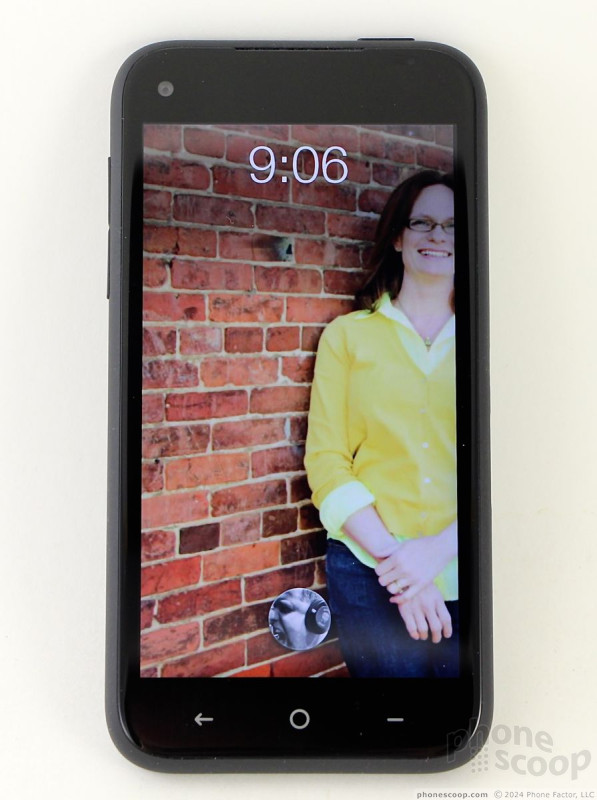













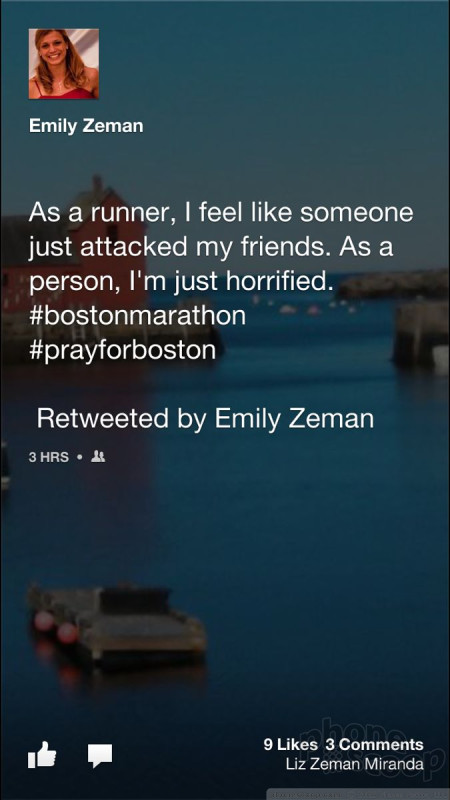






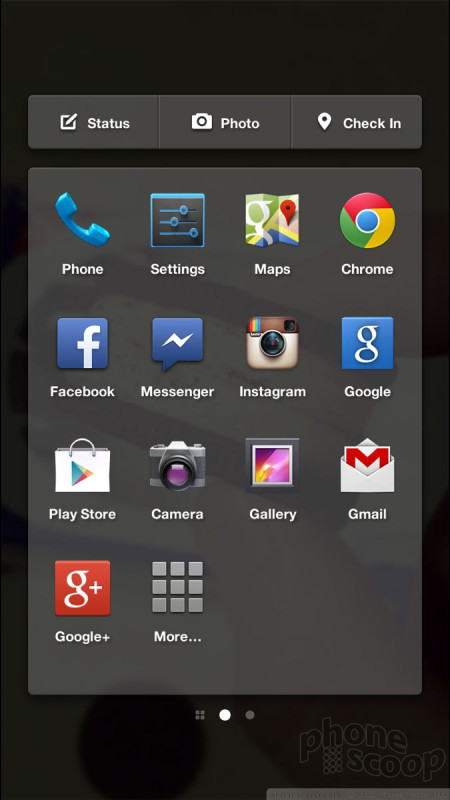





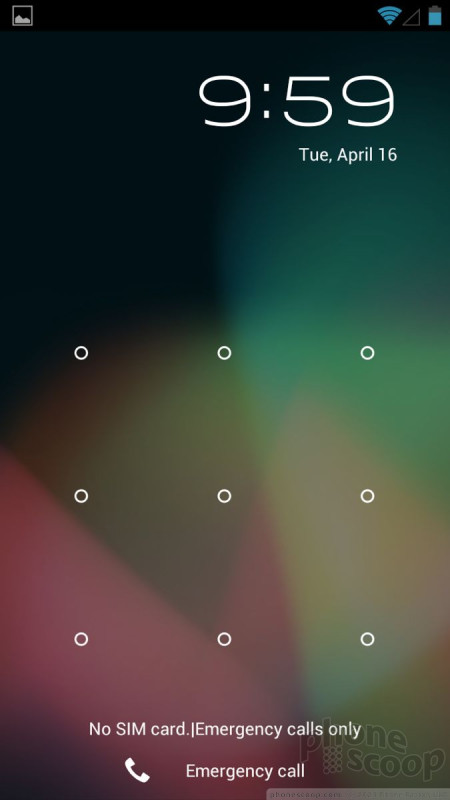




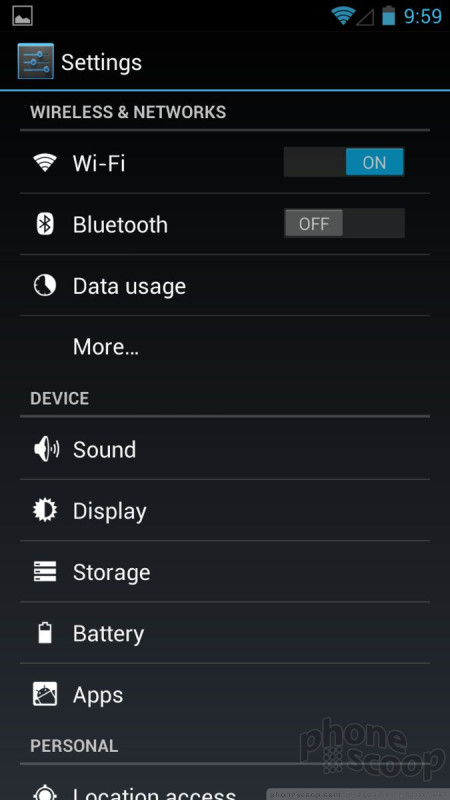




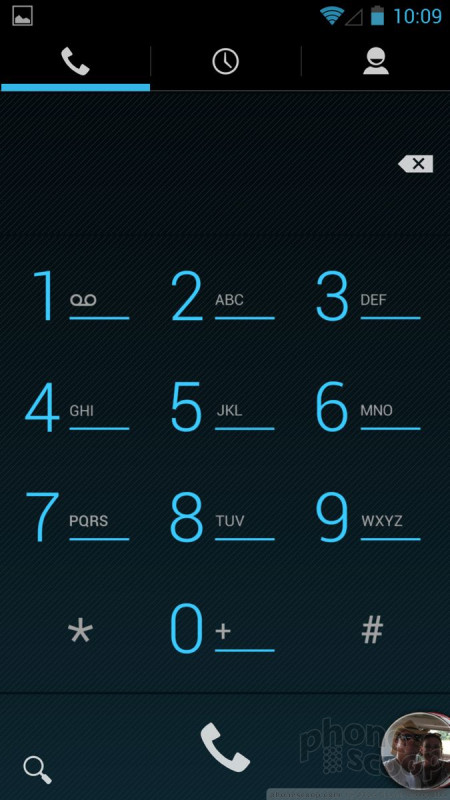



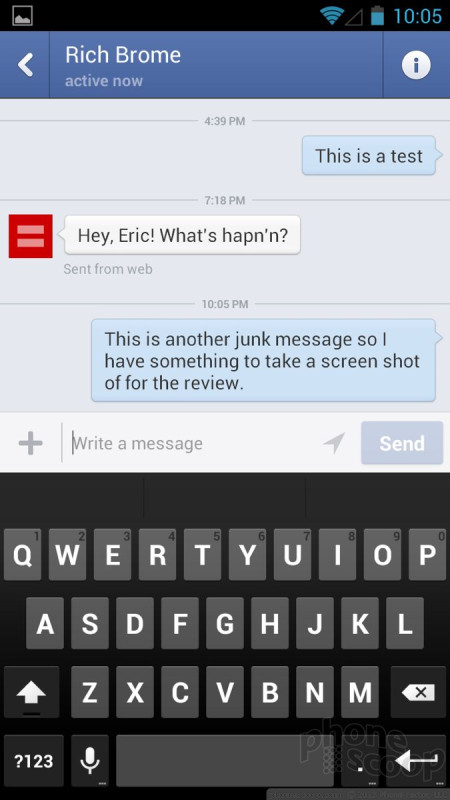





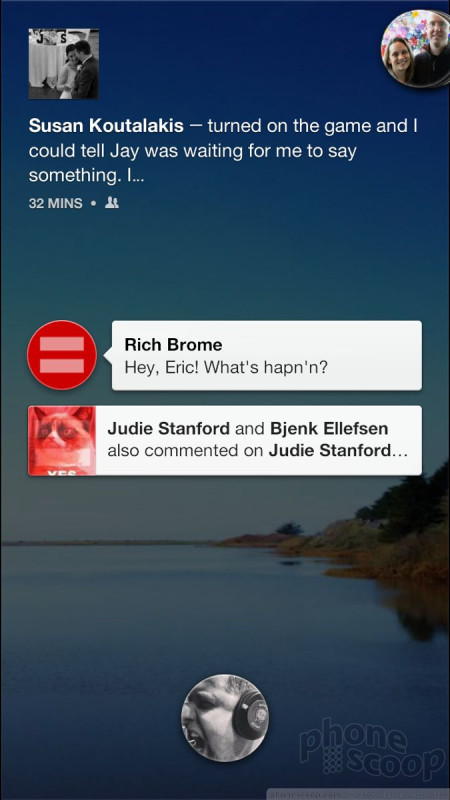




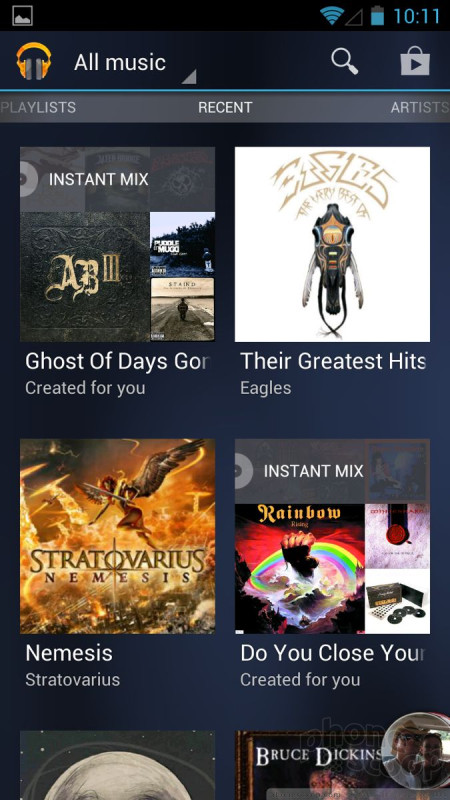








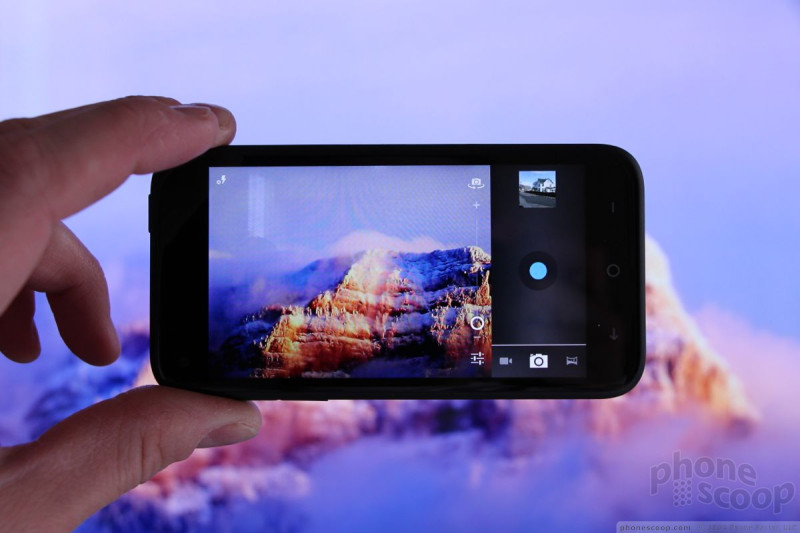



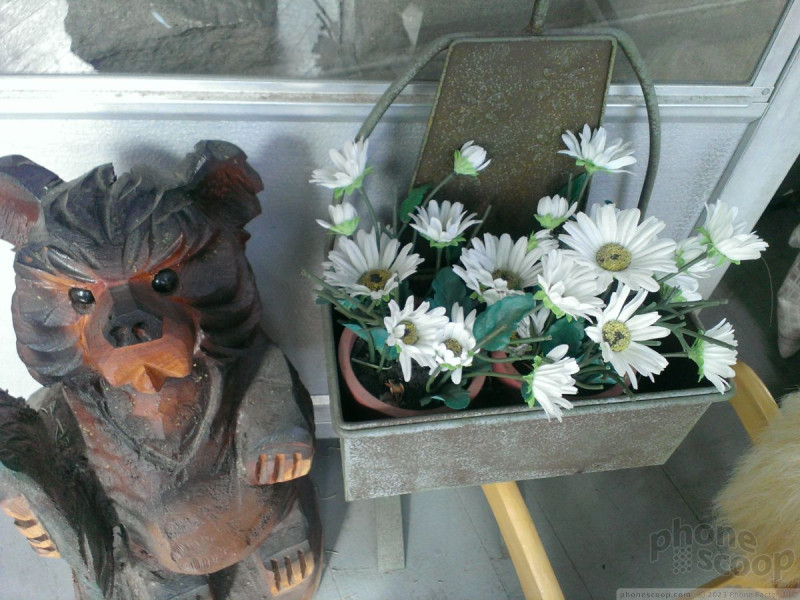












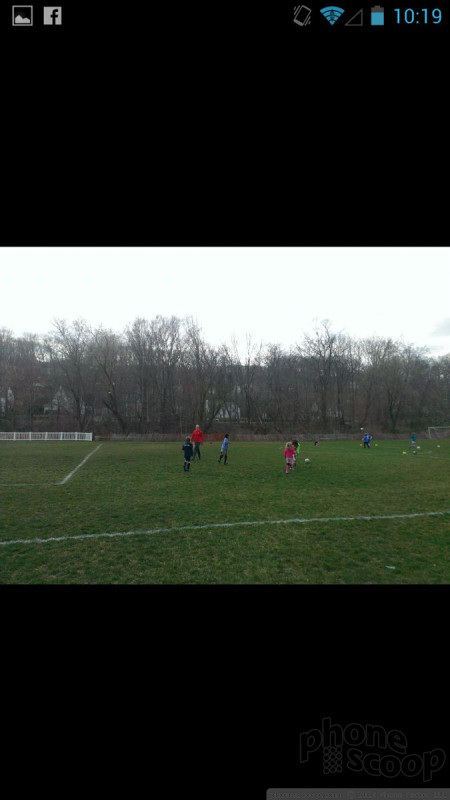





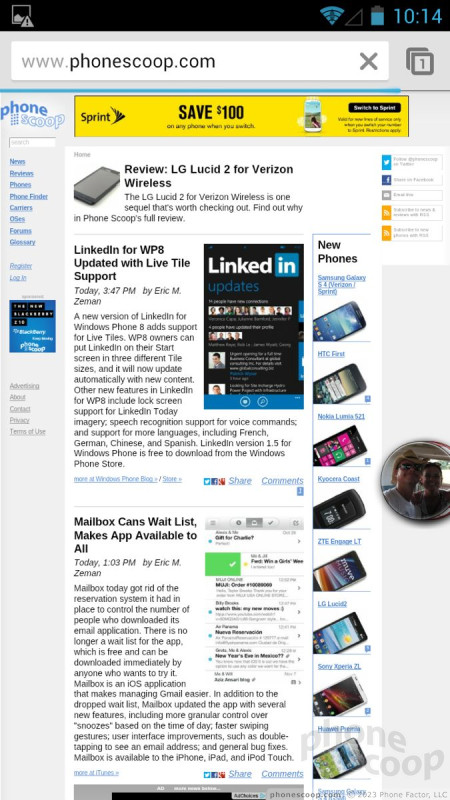



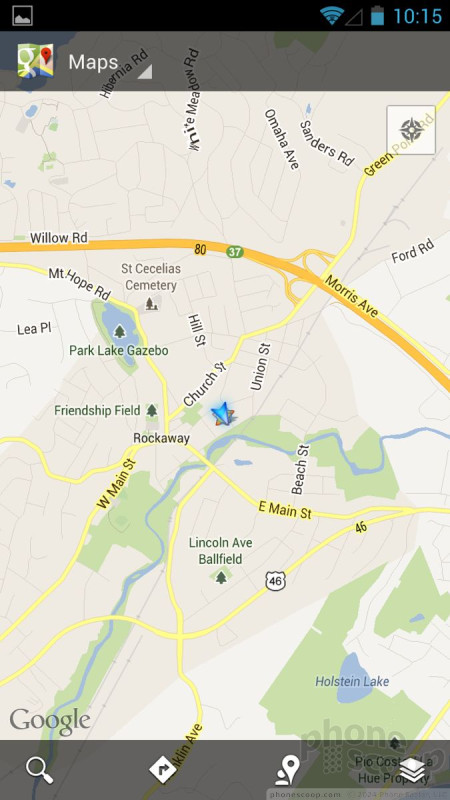



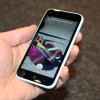 Hands-On: HTC First
Hands-On: HTC First
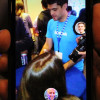 Hands-On: Facebook Home
Hands-On: Facebook Home
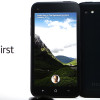 HTC Announces the HTC First, a Facebook-Centric Phone
HTC Announces the HTC First, a Facebook-Centric Phone
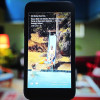 Facebook Announces Facebook Home for Android
Facebook Announces Facebook Home for Android
 iPhone 15 Series Goes All-In on USB-C and Dynamic Island
iPhone 15 Series Goes All-In on USB-C and Dynamic Island
 HTC First
HTC First










